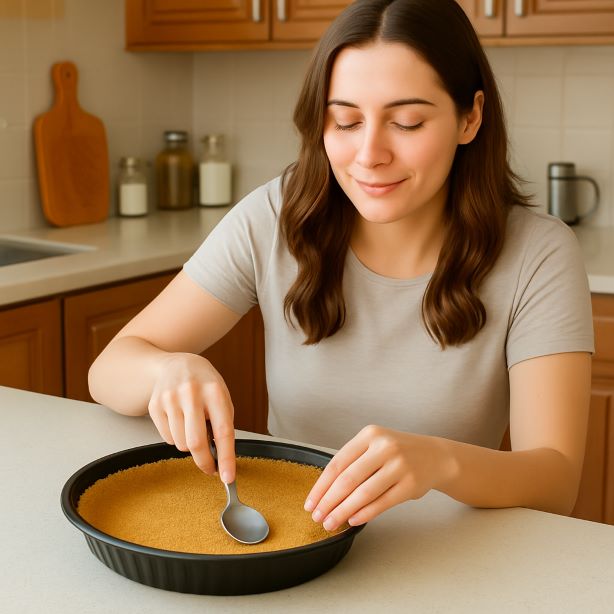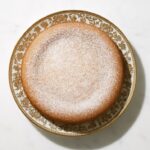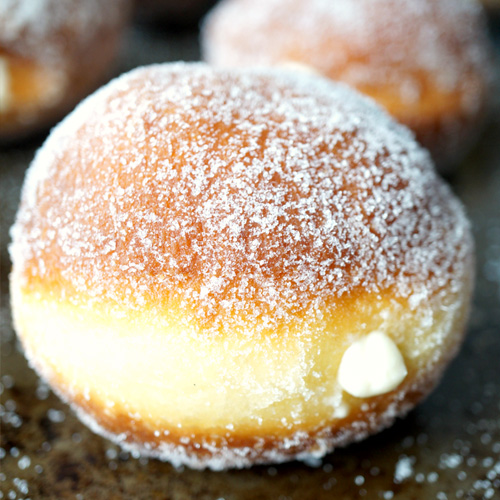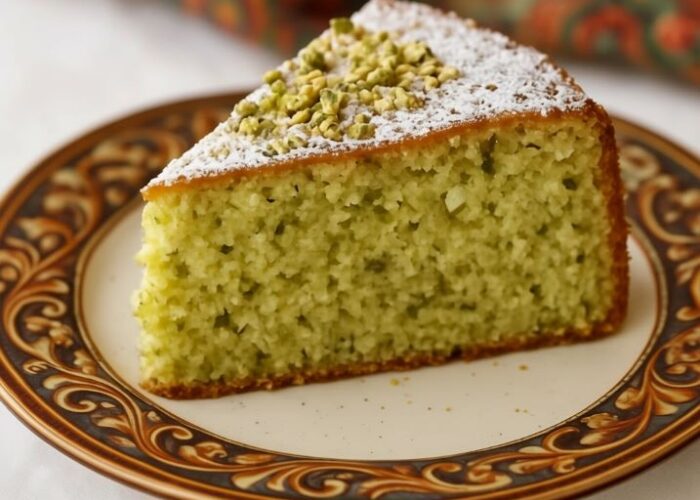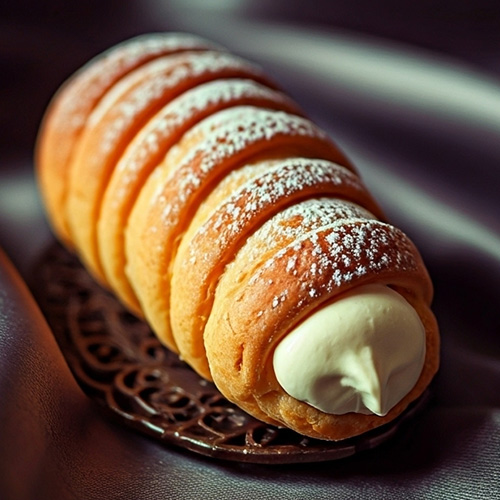The Sweet Story Behind the Graham Cracker Crust (And Why We Still Love It)
Graham cracker crusts, honestly, they’re a dessert game-changer. Whether you’re making a silky cheesecake, a tangy key lime pie, or a no-bake treat, that buttery, crumbly base just hits right every time.
But did you know this now-classic crust has a pretty cool origin story? It all began in the 1920s with a creative Los Angeles baker named Monroe Boston Strause a.k.a. The Pie King. He was on a mission to craft something totally new: the chiffon pie. Light, airy, and unlike the heavy cream pies of the time, it needed a crust that wouldn’t weigh it down.
That’s when inspiration struck. Instead of using thick, traditional pastry dough, Strause crushed graham crackers, mixed them with sugar and melted butter, and pressed the mixture into a pie dish. No rolling pins, no fuss. The result? A perfectly crisp, sweet, and easy-to-make crust—ideal for home bakers and professionals alike.
From there, the graham cracker crust took off. It quickly became a staple in American kitchens, beloved for its simplicity and versatility. All thanks to one smart switch-up that changed dessert forever.
Whether you’re making a refreshing summer pie or a decadent holiday treat, this classic crust brings that warm, toasty flavor we all adore. And the best part? You don’t even have to mess with rolling out dough. Seriously, it’s the kind of recipe you’ll find yourself reaching for time and time again. So, why not give it a shot?
Flavorful Variations:
Chocolate Graham Cracker Crust
Swap regular graham crackers for chocolate graham crackers for a rich, cocoa-infused twist—perfect for s’mores pies or chocolate cheesecake.
Oreo Crust
Use whole Oreos (filling and all) for a deep, chocolatey base—great for peanut butter or mint pies.
Sweet & Salty Pretzel Crust
Crushed pretzels mixed with a touch more sugar (about ⅓ cup) and the same amount of butter create a salty-sweet crust with great crunch. Delicious with peanut butter, chocolate, or strawberry filling.
Nutty Crust
Stir in ¼ cup finely ground pecans, almonds, or walnuts for a toasty, nutty flavor—great for fall or holiday desserts.
Spiced Crust
Add ½ teaspoon ground cinnamon, nutmeg, or even ginger to the crust for a warm, spiced flavor. Perfect for autumn pies and holiday treats.
Coconut Crust
Mix in a few tablespoons of shredded coconut for a tropical spin—pairs beautifully with key lime or mango pie.
Thicker Graham Cracker Crust
For a more substantial crust, especially for cheesecakes or deep-dish pies, consider increasing the crumb mixture to 2 cups, ½ cup melted butter, and ⅓ cup sugar.
This version gives you a crust that’s thicker on the bottom and the sides—perfect for deep-dish pies, no-bake cheesecakes, or anyone who just wants more of that sweet, crunchy layer.
Firmly press the crumbs into the pan, but don’t overpack—this can make it too hard once baked. Bake 1–2 minutes longer (total 10–12 mins) to ensure the thicker crust sets properly.
Storing graham cracker crust:
Whether you’re prepping a holiday pie or just getting ahead on dessert, knowing how to store a graham cracker crust can save you time and preserve that perfect buttery crunch. If you’ve made a homemade crust, you can refrigerate it for a day or two before baking or freeze it for up to three months, just be sure to wrap it tightly to prevent freezer burn. Pre-baked crusts can also be stored at room temperature for a couple of days, or longer in the fridge or freezer. Even store-bought graham cracker crusts are surprisingly shelf-stable and don’t need refrigeration until opened. No matter which route you go, proper storage ensures your crust stays fresh and ready whenever dessert calls.

